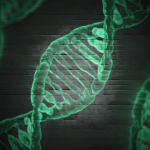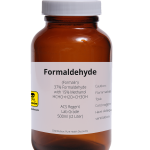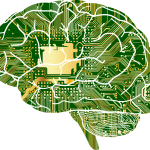Despite their diminutive size, tardigrades possess an extraordinary ability to withstand high levels of ionizing radiation, making them subjects of scientific research in exploring their incredible approach to DNA repair.
Harm Reduction
An alternative healthcare provider with a massive social media following, Will Cole sells wellness and scary-sounding pseudo-diseases. His empire, like other functional medicine hucksters, sells supplements and aligns with celebrities for promotion and legitimacy. Let’s tease apart the hype from the hyperbole.
For woodworkers, the table saw stands as both a revered tool and a potential danger. One saw, SawStop, uses an innovative technology to prevent the saw from cutting more than wood. The feds are now considering mandating this technology, provoking a web of industry interests and regulatory hurdles.
What is it about humans that enables us to enjoy watching harm being inflicted on others? With the football season a few months away, perhaps a greater understanding of neurological harm associated with the game’s repetitive brain trauma is warranted. And maybe we should do something rather than just sit by and watch?
The battle over formaldehyde has shifted. In a recent risk evaluation, the EPA significantly recognized that formaldehyde does not pose an “unreasonable” risk for cancer. But it does pose health risks for effects such as eye irritation, allergies, and asthma.
Picture this: a digital watchdog, prowling through heaps of patient data, poised to raise the alarm at the slightest sign of trouble. Enter a guardian angel, in the guise of algorithms designed to forewarn medical staff of impending crises. But is it truly a beacon of salvation or a mirage in the desert of clinical uncertainty?
The film is a reminder of not only the scientific and technological miracle that was made possible by the Manhattan Project, which developed the atomic bombs that ended World War II, but also of what did not happen – namely, the massive ground invasion of the Japanese home islands that was being planned. Although it all transpired before I was born, I have several connections to it.
As developers and health systems embrace artificial intelligence-powered software, a pressing question emerges: Who bears the burden when these innovations inadvertently harm patients? And especially when legal precedent offers only faint guidance. Let's take a look.
Researchers examining the city's water system have produced some concerning data. Meanwhile, there's no reason anyone’s drinking water should be contaminated with lead. However, other than raising awareness of the problem, this study does little other than stir the water.
Reducing air pollution is a universally acknowledged goal, heralded for its potential to improve public health and environmental quality. However, amidst the enthusiasm for cleaner air, a critical question emerges: How effective have our efforts truly been?
The New York Times recently delved into a societal debate concerning the terminology used to describe unintentional deaths caused by drugs, particularly opioids. This discourse revolves around the distinction between labeling such deaths as overdoses versus poisonings, a seemingly subtle yet significant choice that carries implications for policy and perception.
Scientific progress is built on experiments, data, research, and constant questioning. While fraud is not a new issue, big data and Artificial Intelligence present challenges that dramatically increase the risk of fraud. New tools need to be developed to identify and reduce scientific fraud. Without them, the foundation of the scientific process is at risk.











